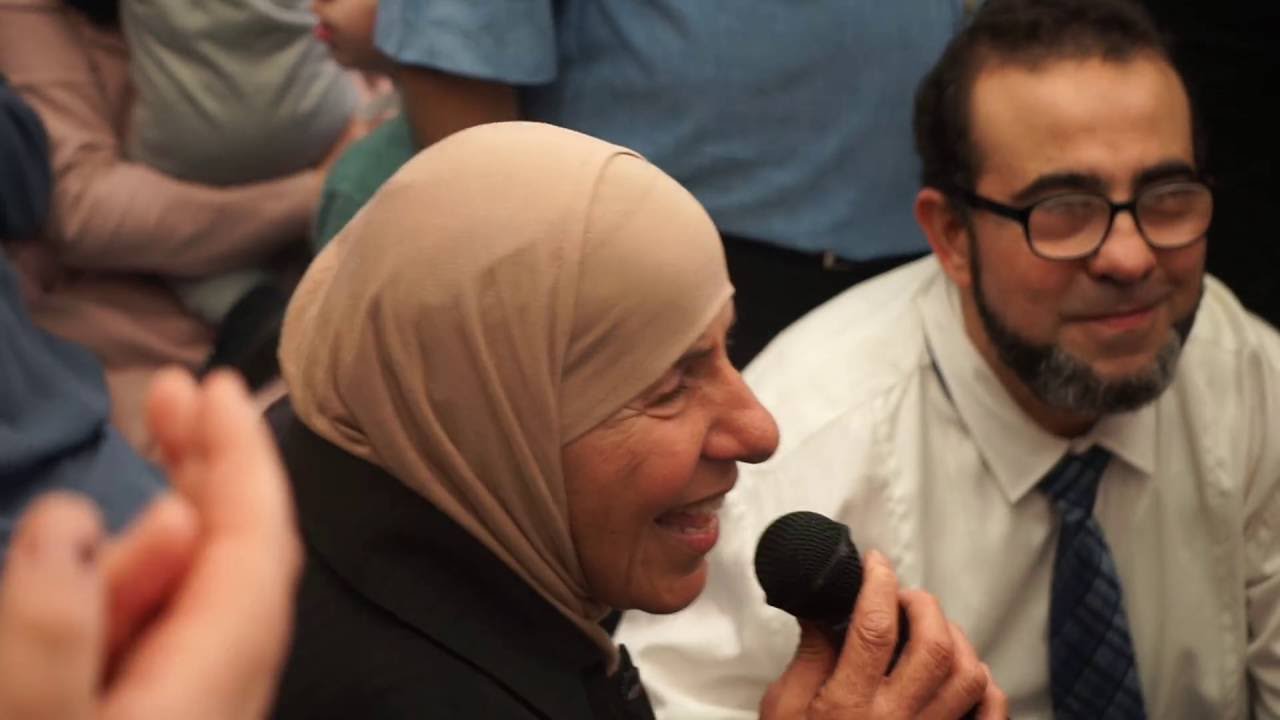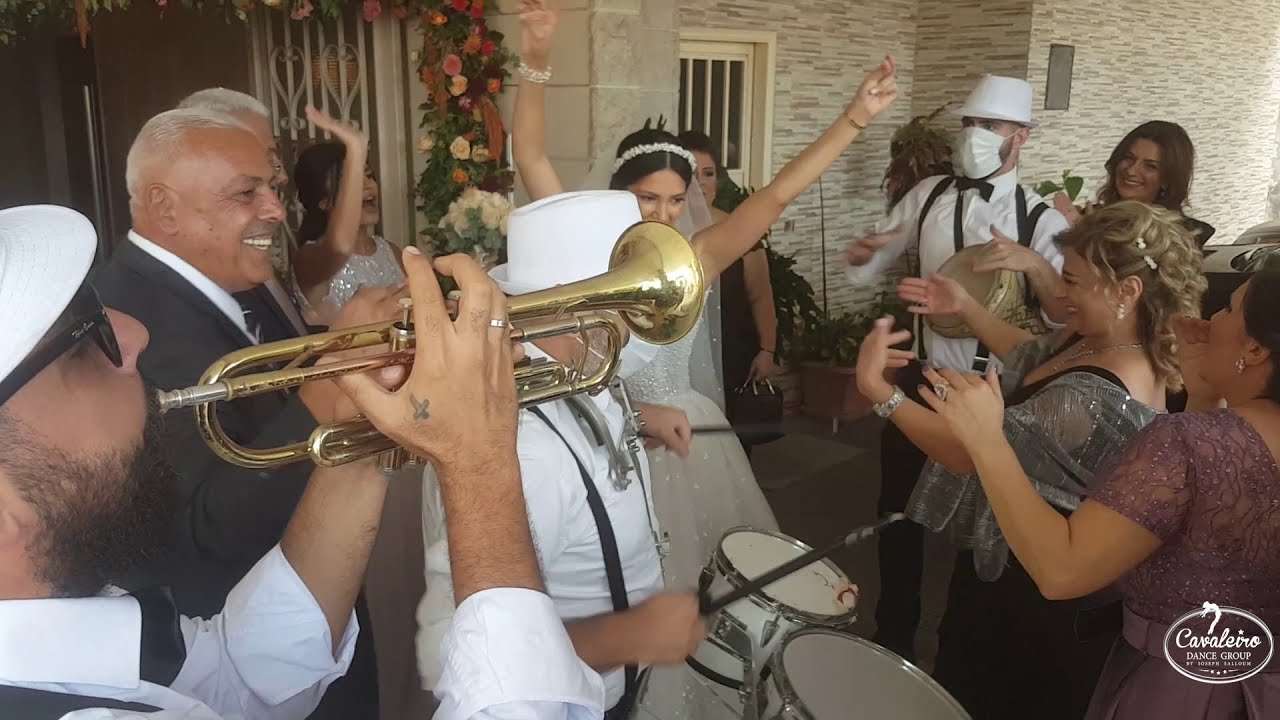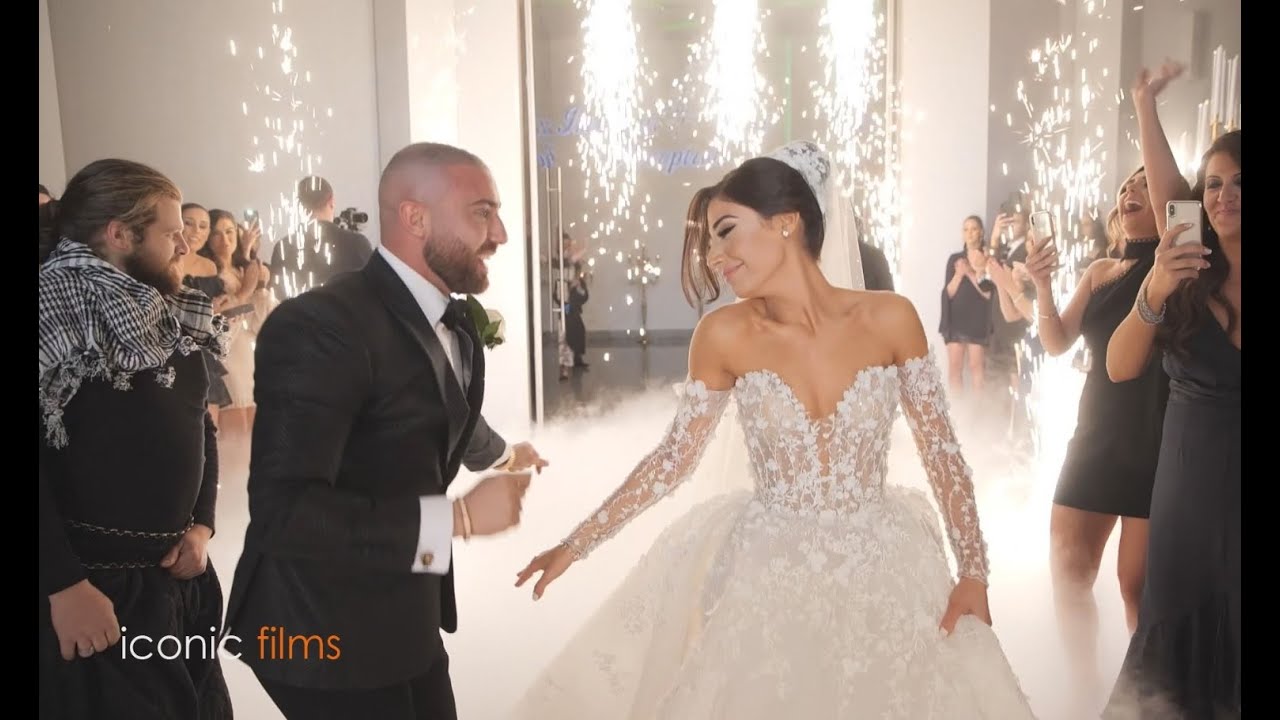Practices and traditions surrounding weddings vary across different countries and cultures. However, it is consistently viewed as one of the most important institutions in society.
Wedding traditions in Lebanon, like many Middle Eastern and African cultures, are extravagant and jubilant. The celebrations begin days before the wedding ceremony with the henna and pre-wedding parties. The Zaffe or procession to the venue is led by boisterous groups of dancers and musicians. The reception is a feast of traditional and modern food with even more dancing.
As a result of its diverse religious composition, Lebanon’s wedding traditions and culture have similarities with nearby countries such as Egypt.
Glossary of Lebanese Wedding Traditions
Lebanese Wedding Traditions That Take Place Before the Wedding
Proposal Gathering (Khitbä)
In traditional Lebanese weddings, the groom asks for the bride’s hand in marriage at an official event held at her house. It includes the close family of both sides and serves as an opportunity for the families to meet. This practice is also present in many other countries like Guatemala.
Engagement Party (Khutubeh)
This is a significant pre-wedding celebration in Lebanon. Traditionally, after the groom proposes and the bride accepts, families of both the bride and groom come together for an official engagement party. This party, much like the wedding, is filled with music, dance, and food, making the announcement of the couple’s intention to wed.
Sending Sweets
It’s traditional for the groom’s family to send a tray of sweets, chocolates, or decorated cookies to the bride’s family a few days before the wedding. This signifies the sweetness and joy of the upcoming union.
Elaborate Photoshoots
Couples hire quality photographers and travel to their desired location for numerous pictures. The locations are typically outdoor and surrounded by greenery.
Henna Party
On the night before a Lebanese wedding, immediate family members will host a henna party. A male relative will then paint elaborate patterns using henna on the couple, symbolizing fortune and good luck for their union.
The exact spot where the henna is painted will vary across regions. One common variation is to put it on the bride and groom’s pinky, which will then be wrapped with gold or money by the guests. Other countries that practice this tradition, such as Bosnia and Egypt, may also have their own variations.
Pre-Wedding Party
The two families each hold their own pre-wedding party on the day of the ceremony. Although the number of guests present in these pre-wedding parties is typically lower than that in the ceremony itself, there is still abundant food, flowers, music, and dancing.
Right before going to the venue, the groom’s parents will visit the bride’s home and bring a gift. This gift is generally gold or diamond accessories for her to don for the ceremony.
Lebanese Wedding Traditions That Take Place During the Wedding
Zalghouta
The zalghouta or ululation is a shrill cry performed by women from both families which uses the throat and tongue to produce high notes. These signify their happiness for the marriage and manifesting blessings for the couple.
This is similar to the Egyptians’ zaghareet and it is practiced by many Middle Eastern and African cultures. However, what sets the Lebanese zalghouta apart is that it also includes some words or verses of poetry. Besides elation, the verses in zalghouta also expresses admiration and praise for the couple and their families.
Arrival of the Groom
Often, the groom will arrive at the wedding venue on horseback or with a group of horses, which is seen as a grand gesture. It is accompanied by traditional music and sometimes the firing of rifles in the air in celebration.
Zaffe
The zaffe is a wedding march from the bride’s and groom’s home to the venue of the wedding. The procession includes a group of dancers, musicians, and men carrying flaming swords. Sounds from drums, bagpipes, horns, and the honks of cars accompany the couple as they make their way to the ceremony.
Grain Throwing
People in the houses and streets that the procession passes through will watch as the extravagant celebration unfolds. As this happens, they become part of the celebration as well. It is common to throw rice, flower petals, and candy-coated almonds as symbols of fortune and prosperity.
Car Parade (Konvoy)
A festive car parade often follows the Zaffe. The groom’s vehicle is decorated with flowers and ribbons, and as it travels, family members and friends follow in their cars, honking their horns, playing music loudly, and even firing celebratory gunshots into the air.
Lebanese Wedding Traditions That Take Place During the Reception
Fireworks
The couple’s reception entry is heralded by the zaffe music, dance, and a spectacular fireworks display. This pyrotechnic marvel not only adds to the ambiance but also offers an enchanting backdrop for photoshoots.
Dancing
After their ceremonial first dance with the zaffe performers, family members join the couple, followed by guests, turning the venue into a vibrant dance floor.
Money Dance (Raks Al-Mal)
Guests pin or tape money to the bride’s dress while she dances, symbolizing their wishes for a prosperous life for the newlywed couple. This tradition isn’t exclusive to Lebanon but is prevalent in various Middle Eastern cultures.
Belly Dancers
No Lebanese wedding is complete without the mesmerizing performance of belly dancers. Their sensual dance is symbolic, marking the bride’s passage into womanhood.
Food
As with any other Middle Eastern culture, food is a fundamental aspect of any Lebanese celebration. Traditional and modern cuisine are served in platters and multiple courses. Not only can the abundance of food serve as an indicator of the family’s wealth, but it is also necessary to keep the guests’ energy consistent for a night filled with dancing and socializing.
Cake Cutting with a Sword
For the Lebanese, the cake symbolizes fertility and is said to manifest sweetness for the couple’s life together as newlyweds. With one’s hand over the other’s, they slice into the cake with a ceremonial sword. The position of their hands is a testament to their commitment to a life and future together.
The cake cutting ceremony is ended with the newlyweds exchanging a kiss. Some believe that with this kiss, the couple gives a part of their soul to live within the other, attesting to their being soulmates.
Foot Stepping
In a lighthearted ritual, if the bride steps on a girl’s foot, it is believed that the latter will soon find her match and marry.
Flowers
Besides carrying bouquets of flowers, it is also common for brides to wear flowers in their hair. Across cultures, flowers are a symbol of purity, fertility, new beginnings, and unending love.
Last Ones Out
Opposite to common practices, Lebanese customs state that the newlyweds must be the last people at the reception. As Lebanese weddings tend to last even after midnight, it can get tiring for the bride and groom. However, it is seen as impolite and disrespectful if the newlyweds leave without seeing everyone off.
Rawkeh or Rukhsat
This is a poignant moment in Lebanese weddings. It’s the bride’s farewell to her family. She says her goodbyes to the family home, and her father hands her over to her husband, symbolizing her transition from her family of birth to her new family.
Final Thoughts
From the pre-wedding festivities and the elaborate Zaffe to the reception filled with feasts, dancing, and fireworks, Lebanese weddings celebrate the union of two families in grandeur. These time-honored wedding traditions in Lebanon are a testament to the country’s rich cultural heritage, cherished and upheld by generations.


